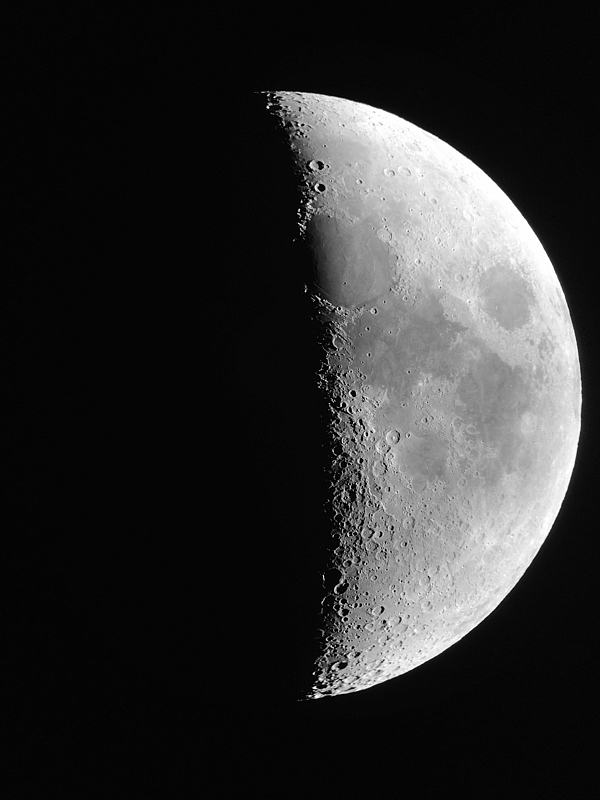Holiday Open House,
iPhone Imaging Comet Lovejoy with NightCap Pro
Posted: 28 December 2014
Saturday, 27 December 2014, we hosted a "Holiday Open House" at our home during the afternoon. Since the sky was clear I opened the observatory for daytime solar viewing using the Coronado PST (Personal Solar Telescope) Hydrogen-Alpha telescope and in white light using the Meade 8" LX200-ACF with Orion full-aperture solar filter. I kept the observatory open into the night.
|
Open: Saturday, 27 December 2014, 1301 MST Temperature: 61°F |
Session: 759 Conditions: Clear |
1315 MST: I viewed the sun in white light, 83X. Three small sunspots were visible. In the PST there were three nice prominences visible.
1332 MST: put the telescope to sleep and closed the dome while awaiting visitors to arrive.
Later in the afternoon several people were able to view the sun through both telescopes. They were excited to get to safely view our sun. 1645 MST: solar viewing ended as the sun was now into a tree. The telescope was put to sleep and the dome closed.
1800 MST: returned to the observatory and one visitor arrived for an extended viewing session. 1815 MST: we viewed the moon using the William Optics Binoviewers, 100X and 160X. She spent some time using the handcontroller to tour around many sights on the moon.
1837 MST: began preparing for an excellent pass of the International Space Station (ISS). This would be a pass near the zenith and so the station would be very close to us at the mid-point in the pass. The pass began at 1847 MST and the tracking was pretty good. I kept the ISS centered in the Antares Finderscope while she viewed the ISS in the 8" telescope at 83X. Due to the closeness of the pass, she was able to get some great views of the space station and its golden solar panels.
We then viewed several objects at 83X: Mars, M57 (Ring Nebula), the fine double star Albireo, the Double Cluster, M45 (Pleiades), M1 (Crab Nebula), the open star clusters M36/M37/M38, Eskimo Nebula, M42 (Great Orion Nebula), and M79 (globular cluster). Her last object viewed was Comet C/2014 Q2 (Lovejoy), 83X.
1955 MST: visitor left. Temperature was 33°F.
2005-2015 MST: I took a "warm up" break.
Upon return to the observatory I began preparing to try imaging Comet Lovejoy using the iPhone 5s. I mounted the iPhone on the 8" telescope using the MX-1 Afocal Adapter with a 26mm eyepiece (77X). Using the excellent iOS app "NightCap Pro", I could easily see the comet on the live screen view:

Here are two full-frame images, 1 minute and 3 minutes exposures, respectively, with the earbuds volume control used as a remote shutter release:


I cropped and combined the two images above to make an animation showing the comet's movement in the 8 minutes between the two exposures:

2036 MST: viewed the moon, 77X and took this iPhone 5s photo using the MX-1 adapter:

Since it had been a long day, I began closing the observatory.
|
Close: Saturday, 27 December 2014, 2054 MST Temperature: 33°F |
|
Comments are welcome using Email. If you are on Twitter you can use the button below to tweet this report to your followers. Thanks.
Cassiopeia Observatory Home Page
Copyright ©2014 Michael L. Weasner / mweasner@me.com
URL = http://www.weasner.com/co/Reports/2014/12/28/index.html
